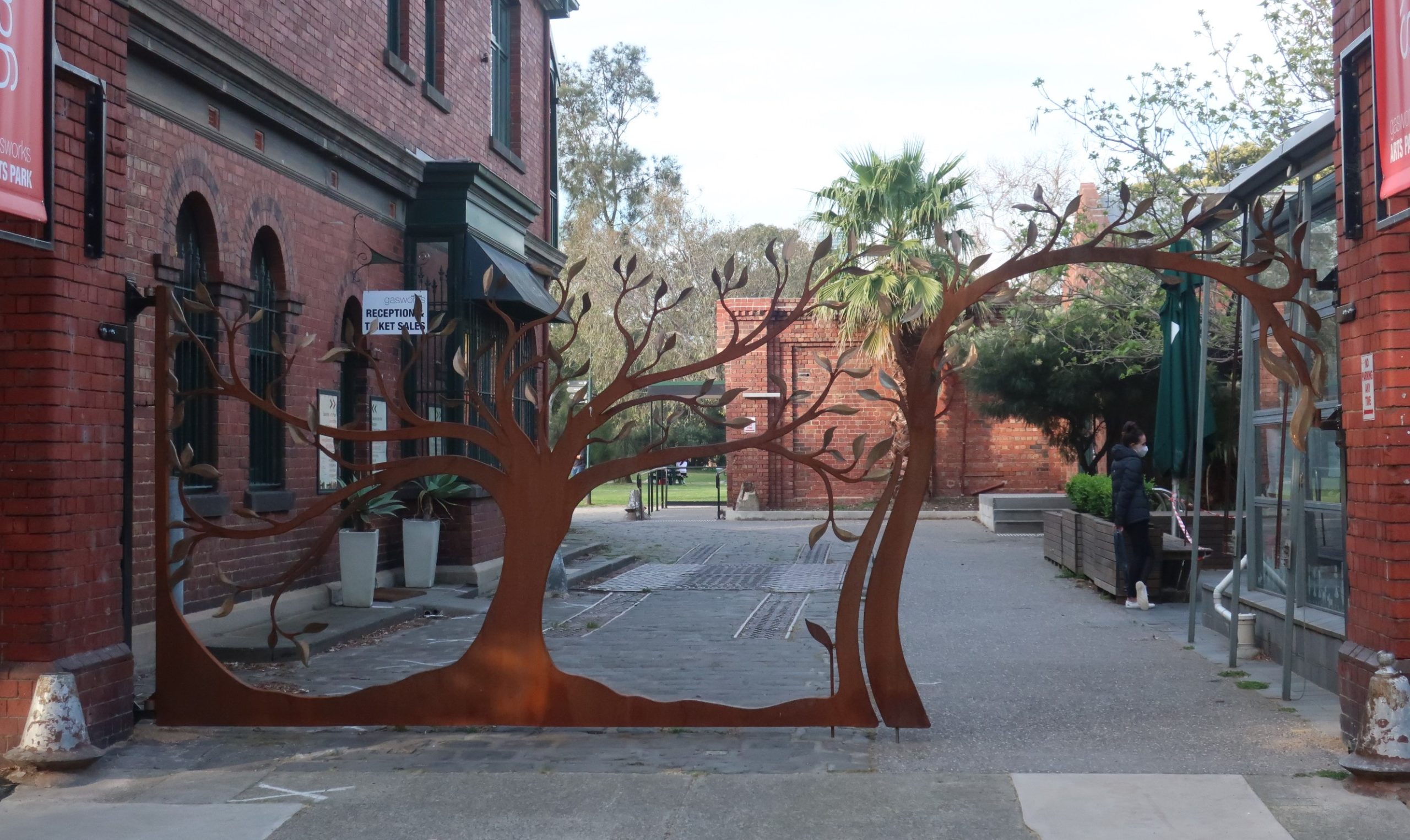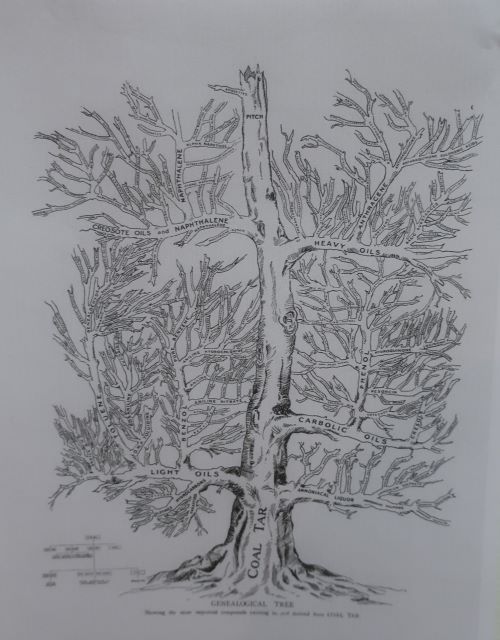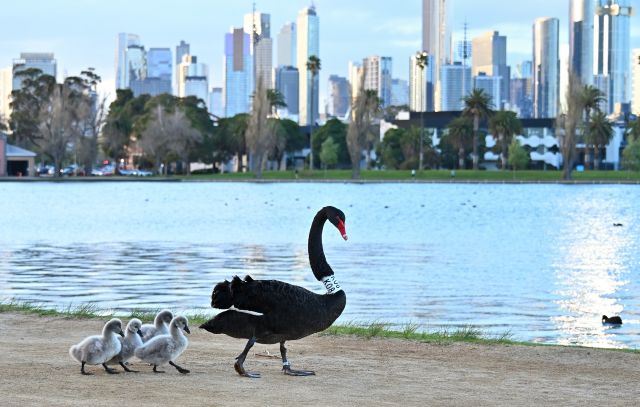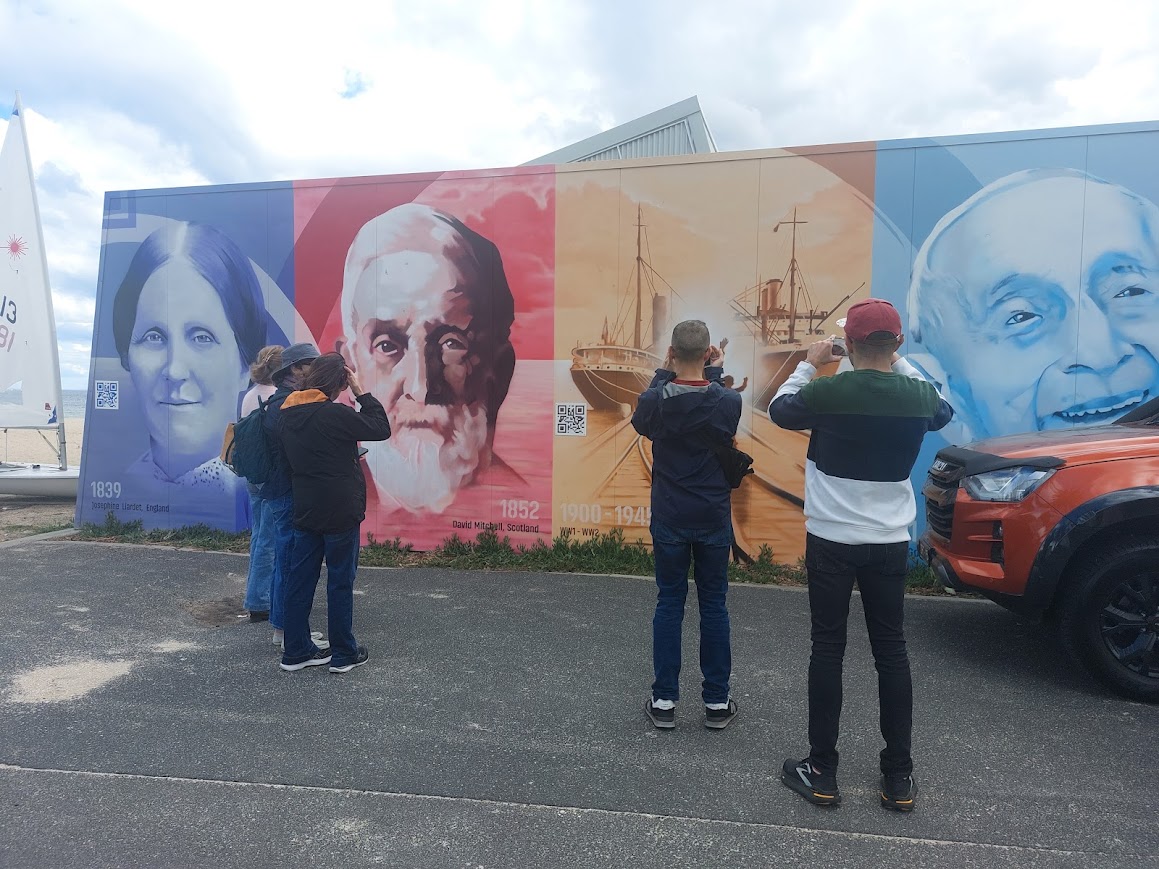
Gas stories
Recently I was lucky enough to interview Norm Lamb. Norm was born in City Rd, South Melbourne over 90 years ago.
Norm’s parents died when he was a boy and he went to live with his grandparents and two uncles in Thistlethwaite St in Montague. His grandfather worked for the Metropolitan Gas Company. Every morning he rode his bike from Montague down to the South Melbourne Gasworks carrying a fork so heavy that young Norm could barely lift it. There he shoveled coal all morning before returning home for lunch. After lunch he would take the ferry across the River and continue work at the West Melbourne Gasworks.
Norm’s father also worked for the Metropolitan Gas Company. He was a tin smith making meters. Later, Norm worked for Metropolitan Gas Company too – three generations of one family working in the gas industry. Norm became particularly animated when talking about his work when Melbourne was preparing for the conversion to natural gas in 1968. Every appliance had to be turned over to connect with the new gas supply. Norm was a storeman supervising a team who prepared kits for particular appliances.
A program to convert almost 1.3 million gas appliances in over 500,000 homes began in Carrum in April and was completed in Altona 20 months later1.
Today I enter Gasworks Park through the tree gate created by resident artist Ben Storch and recall the frequently told stories of the children of the Depression who gathered the coke that ‘fell’ off as the drays left Gasworks as well as the harsh working conditions experienced by Mr Lamb.
In early August, an area of Gasworks Park was fenced off for investigations. Investigations of the site’s legacy contamination from its former use as a Gasworks have been ongoing since 2010. A clear way forward has still not been resolved in spite of the extensive investigations. The expense of remediation is a concern.
The Jubilee History of the Metropolitan Gas Company2 published in 1928 includes this diagram. Each branch and branchlet of the tree, in case you find it hard to read, is named with some by product of gas – creosote oils and napthalene, anthracene, benzol, aniline nitrate and many, many more.

In the year 1927, the Jubilee History records that the South Melbourne Gasworks processed 107,179 tons of coal which produced:
- 1,501,344,000 cubic feet of gas,
- 56,376 tons of coke for sale,
- 1,286,107 gallons of tar,
- 1,431 tons of sulphate of ammonia.
And that was in one year! A legacy of contamination lies beneath the thin grassy cover. The complexities of dealing with it are challenging.
To have a chance of staying within the 1.50 temperature increase agreed in Paris in 2015, rapid electrification from renewable energy sources is urgent and imperative. Moreover, as renewable energy becomes ever cheaper and more accessible at the household, community and larger scale, gas will become more expensive. Gas will still have a role to play in the short term until there is sufficient storage capacity available for those times when the sun does not shine and the wind does not blow. Those solutions are getting closer every day.
The concerted effort that went into the transition to natural gas recounted by Norm Lamb is instructive about what can be done when there is a will to do it.
Thanks to Norm Lamb for the conversation that prompted this piece.
Sources
1Ray Proudley Light and Power eMelbourne: The city past and present
2 The Metropolitan Gas Company, Melbourne, Victoria: Jubilee, 1878-1928: a historical sketch
Tony Wood & Guy Dundas Flame out: the future of natural gas The Grattan Institute November 2020
Andrew Stock, Greg Bourne, Will Steffen, Tim Baxter Passing Gas: Why Renewables are the future Climate Council
Robert Grogan Gasworks to Gasworks: From an industrial complex to an arts park
5 Comments
-
John Milne
An interesting story!
-
Stephen Pennells
re: " The expense of remediation is a concern." And the action too! West Melbourne Gasworks Site 2002, "...the contract concerned the excavation and cleaning out of rubbish from pits on the site, and their backfilling with suitable material prior to construction of the [Charles Grimes Bridge] road. However, no documents were available to indicate that this had taken place" 38/145 (source EPA)
-
Linda
I feel that if we can fly a rocket to the moon, we can solve the contamination problem at Gasworks Park. It just needs to be pushed up the priority list.




Pat Grainger
I was surprised this week while protesting against coal seam gas exploration to learn that of all Australian States and Territories, Victoria is the one that relies the most on gas. I'm happy to say, the polluted air at my inner city Port Place is now a lot fresher since my gas heater was replaced with bookshelves last year. Energy costs way down, too.